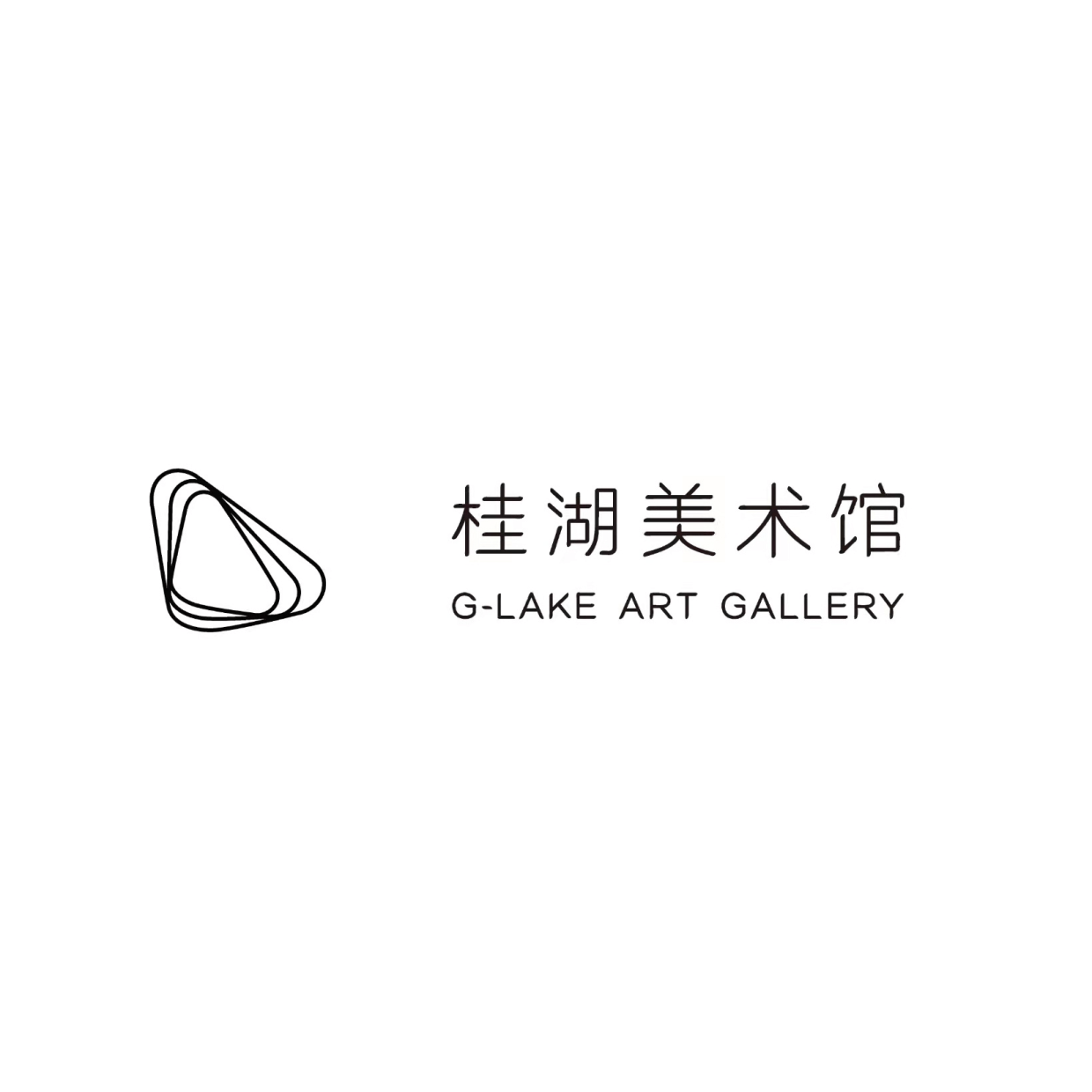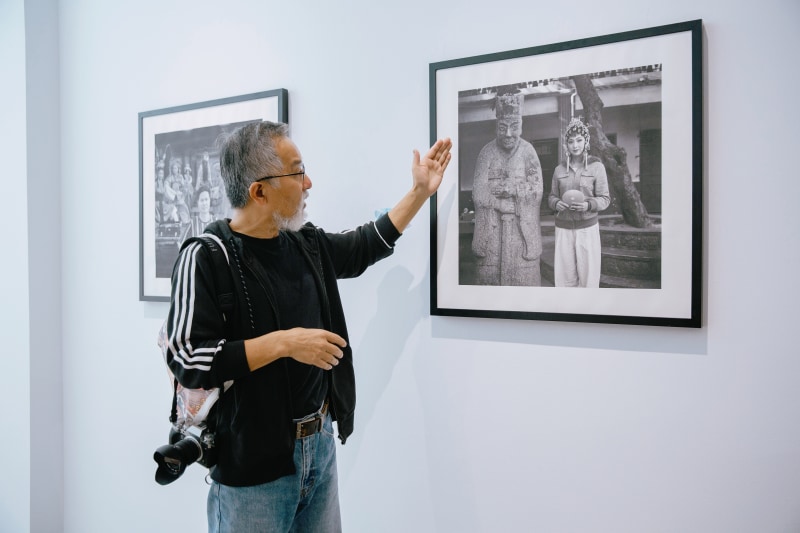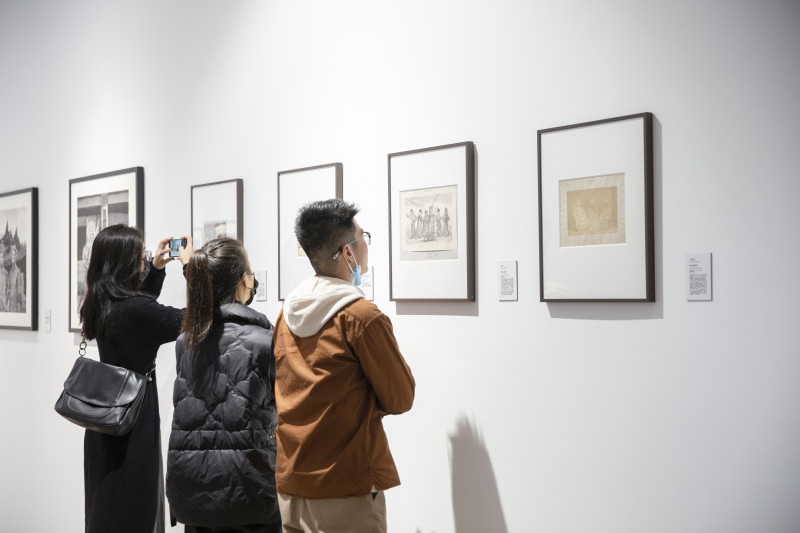Them
-Lin Linfeng
On the first anniversary of its opening, G-Lake Art Gallery is honoured to launch the second collaboration with Three Shadows Photography Art Centre on "Jimei x Arles International Photo Festival". This year, the gallery invites curators Yan Jialin, For Forfor, Zeng Huang and Azzurra Dong to participate in planning the four-module Fuzhou exhibition area, which is a part of the "Local Action" programme in the festival. All the works featured in this exhibition are in the genre of portrait photography.
About a decade ago, I wrote a random sentence, "Photos—the dual labyrinth of viewing", on a Japanese train on the Keihin Tōhoku Line. In the summer of 2007, I met Shibata Takeo, the owner of a photo studio in Kamakura, the ancient capital of Japan. There are many time-honoured shops on the streets that seem to have existed since the Taisho-Showa era. Shibata's "Eros Photo Studio" is one of them. On the display window of this traditional studio, there are many yellowish but classical portraits: portraits in suits, dresses or kimonos, commemorative photos of girls coming of age or young men in military uniforms, wedding photos, family photos, and graduation photos. Those photos may have become discoloured over time, but there is a long-lasting, elegant tone in the scenes, lighting, garments, and facial expressions of the subjects. Shibata, who is in his 70s and speaks a little Chinese, said in a deep tone when introducing the display window to me, "Look at them, all of them. They are all beautiful, aren't they?" They are all beautiful: framed photos, images, and people. Besides the photos, there is a retired old-fashioned camera and a wooden background board painted with the scenery of Mount Fuji and cherry blossoms. The background board can be seen in most photos on the display window. The last time I visited Kamakura, Shibata gave me a photo as a souvenir: a photo of the Eros Photo Studio taken in the 1970s. There was no one in the photo, but only the studio scene, the background board, and the halo of the lights.
This studio photo provided me with some clues for viewing. The lack of a subject highlighted the scene itself, allowing me to reproduce "the beauty" of the display window at the Eros Photo Studio in my mind. My imagination often focuses on a particular scene or moment: the silhouettes of the display window and old-fashioned camera, people in western clothes or kimonos, white flowers in discoloured photos, strangers and coming-of-age ceremonies of girls... Under scrutiny, the studio photo reveals its relationship with other objects. It extends the sight of the viewer (me) and enchants those who come to recall it later (me or someone else). The realistic image seems to be something uncertain and illusory because it is too real, and the photo becomes a dual labyrinth of viewing: while walking in the labyrinth following the set routes, you are also dismantling and building a labyrinth in the search—this is the metaphor of the hidden property of photography. Photos become the link and channel between the eyes and the world. They not only replicate the object's shape but also dissimulate its texture. After being photographed, the meaning and view of the object are post-positioned.
It's fair to say that the photograph isolates the viewer from this chaotic and ever-changing world and simplifies it to make it more understandable than its actual appearance. People confirm reality through photos. Photos invigorate people's imaginations and thinking, and they can even assist them in gaining more experience. Also, photos capture and organize the world in a modernist aesthetic consumerism and viewing way. They're all beautiful: framed photos and people.


 Chen Chuanduan, The Seaside Where the Oyster Grow, Courtesy of the artist.
Chen Chuanduan, The Seaside Where the Oyster Grow, Courtesy of the artist.











